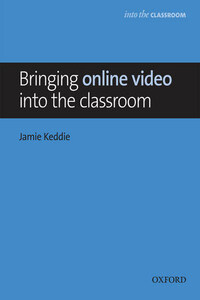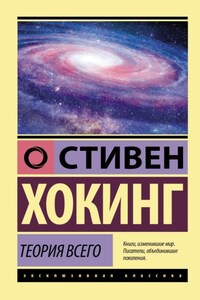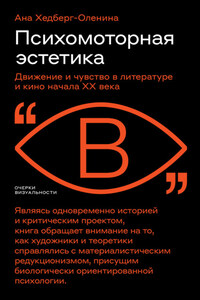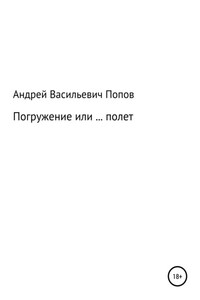Great Clarendon Street, Oxford, OX2 6DP, United Kingdom Oxford University Press is a department of the University of Oxford. It furthers the University’s objective of excellence in research, scholarship, and education by publishing worldwide. Oxford is a registered trade mark of Oxford University Press in the UK and in certain other countries
© Oxford University Press 2014
The moral rights of the author have been asserted
First published in 2014
2018 2017 2016 2015 2014
10 9 8 7 6 5 4 3 2 1
All rights reserved. No part of this publication may be reproduced, stored in a retrieval system, or transmitted, in any form or by any means, without the prior permission in writing of Oxford University Press, or as expressly permitted by law, by licence or under terms agreed with the appropriate reprographics rights organization. Enquiries concerning reproduction outside the scope of the above should be sent to the ELT Rights Department, Oxford University Press, at the address above
You must not circulate this work in any other form and you must impose this same condition on any acquirer
Links to third party websites are provided by Oxford in good faith and for information only. Oxford disclaims any responsibility for the materials contained in any third party website referenced in this work
Photocopying
The Publisher grants permission for the photocopying of those pages marked ‘photocopiable’ according to the following conditions. Individual purchasers may make copies for their own use or for use by classes that they teach. School purchasers may make copies for use by staff and students, but this permission does not extend to additional schools or branches Under no circumstances may any part of this book be photocopied for resale
ISBN: 978 0 19 442156 0
Printed in China
This book is printed on paper from certified and well-managed sources
ACKNOWLEDGEMENTS
The publishers would like to thank Oxford Design and Illustrators for resupplying the artwork on pp.16, 17, 20, 23, 28, 29, 67; Getty Images for supplying the image on p.102; and the following sources for permission to reproduce screenshots: pp.16, 39 Sneezing Baby Panda, Wild Candy Pty. Ltd.; p.86 29 ways to stay creative, Copyright © 2011 by Motion Graphics Studio TO-FU; p.93 Baby Armadillo, David Werst; pp.103, 105 Home Sweet Home, CZAR.BE (director: Joe Vanhoutteghem, DOP: Lieven Van Baelen) for Tiense Suiker (agency: EuroFSCG Belgium); p.106 Fresh Guacamole, © PES.
The author would like to thank the Oxford University Press team: Nick Bullard, Ann Hunter, Julia Bell, Sophie Rogers, Robert McLarty, and Keith Layfield; his talented video subjects: Jack Keddie, James Copeland, Jessica Lewis, Rollo Reeder, Jamie Zhang, Andrew Foster, Julietta Schoenmann, Jodie Zhang, Ranin Qarada, Rubén Febrero Quintairos, Kelly Jiang, Marianna Wysocki, and Josep Casulleras; his colleagues: Derek, Gavin, Susi, Claudia, Sean, and Kevin; Michèle Besch for her culinary art; James Thomas and Thom Kiddle for technical help; teacher Magdalena Nogal; writer Derek Sivers and animator Roy Prol.








